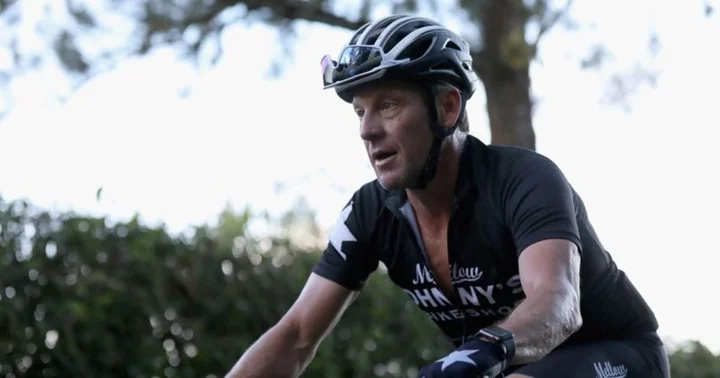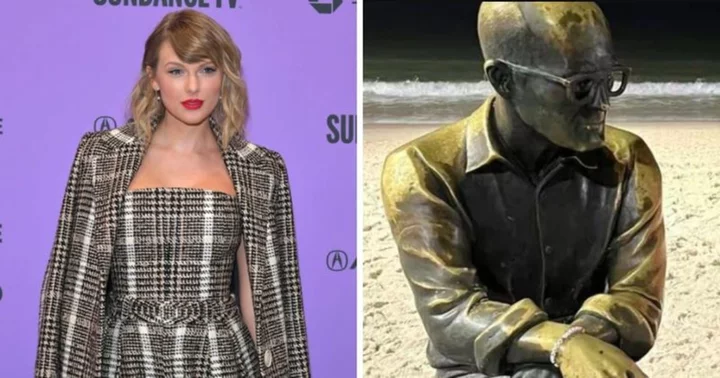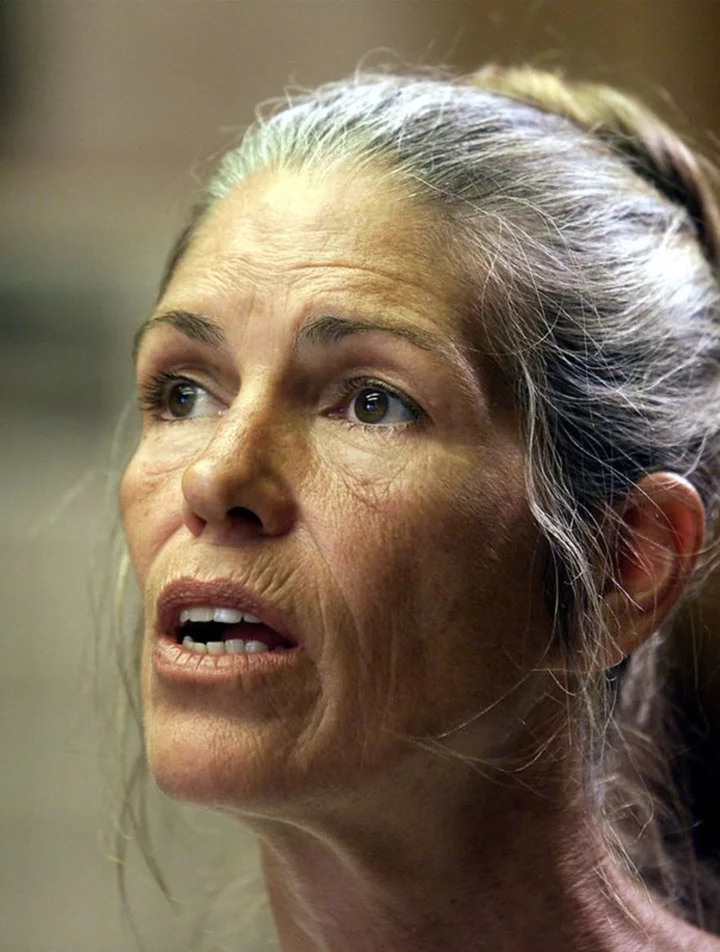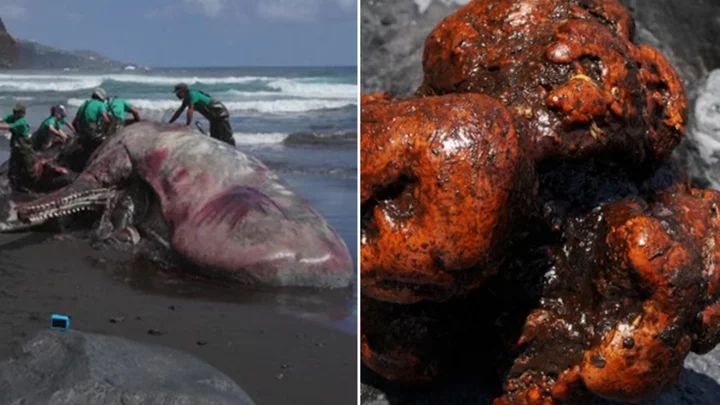ASPEN, COLORADO: On October 22, 2012, the world witnessed a pivotal moment in the history of professional cycling as Lance Armstrong was formally stripped of his seven Tour de France titles and banned for life from competitive cycling.
This stunning turn of events marked the downfall of a once-revered global cycling icon, who had not only triumphed over cancer but also dominated one of the most grueling cycling races in the world.
Born in Texas in 1971, Armstrong became a professional cyclist in 1992, quickly rising to become the number-one ranked rider in the world by 1996.
However, in October of that year, he received a devastating diagnosis of Stage 3 testicular cancer, which had spread to his lungs, brain, and abdomen. After undergoing surgery and chemotherapy, Armstrong defied the odds and resumed training in early 1997.
It was during this tumultuous period he joined the US Postal Service cycling team and established a cancer awareness foundation, which would later gain widespread recognition for its iconic yellow Livestrong wristbands.
The era of Lance Armstrong's Tour de France dominance
In July 1999, Lance Armstrong achieved an astonishing victory in the Tour de France, just three years after his cancer diagnosis. He went on to win again in 2000, 2001, 2002, and 2003, breaking records and becoming the first person to claim six Tour titles in 2004, as per History.com.
On July 24, 2005, Armstrong clinched his seventh consecutive title before retiring from professional cycling. His remarkable comeback in 2009, where he finished third, and subsequent retirement in 2011 further solidified his place in cycling history.
Lance Armstrong's battle with doping allegations and a career-ending verdict
Throughout his career, Lance Armstrong faced persistent allegations of doping, a problem that plagued many elite cyclists of his era. Nevertheless, he vehemently denied all such accusations and claimed to have passed several drug tests.
However, in June 2012, the US Anti-Doping Agency (USADA) charged Armstrong with engaging in doping violations dating back to at least August 1998, as well as participating in a conspiracy to conceal these activities.
Despite Armstrong's initial efforts to contest these charges, he eventually announced in August that he would cease fighting them, citing the strain on his family and cancer foundation.
On the next day, USADA banned Armstrong from competitive cycling for life and nullified all his competitive results from August 1, 1998, onward.
Damning evidence against Lance Armstrong and sponsorship fallout
On October 10, 2012, USADA released a wealth of evidence, including sworn testimony from 11 of Lance Armstrong's former teammates, emails, financial records, and lab test results, revealing the extent of the doping program that had allegedly propelled him and the US Postal Service team to unprecedented success.
A week later, Armstrong stepped down as chairman of his cancer foundation and lost several major sponsors, including Nike, Trek, and Anheuser-Busch.
Erasing Lance Armstrong from the history of cycling
On October 22, 2012, the Union Cycliste Internationale (UCI), cycling's world governing body, accepted the findings of the USADA investigation, officially erasing Lance Armstrong's name from the Tour de France record books, and upholding his lifetime ban from the sport.
The UCI president emphasized in a press conference that "Lance Armstrong has no place in cycling, and he deserves to be forgotten in cycling."
Lance Armstrong publicly admitted to doping in 2013
Finally, in a televised interview with Oprah Winfrey on January 17, 2013, Lance Armstrong publicly admitted to doping during his cycling career, beginning in the mid-1990s and continuing until his final Tour de France victory in 2005.
His confession marked a somber chapter in the history of professional cycling, one that serves as a stark reminder of the enduring importance of integrity and transparency in the world of sports.









